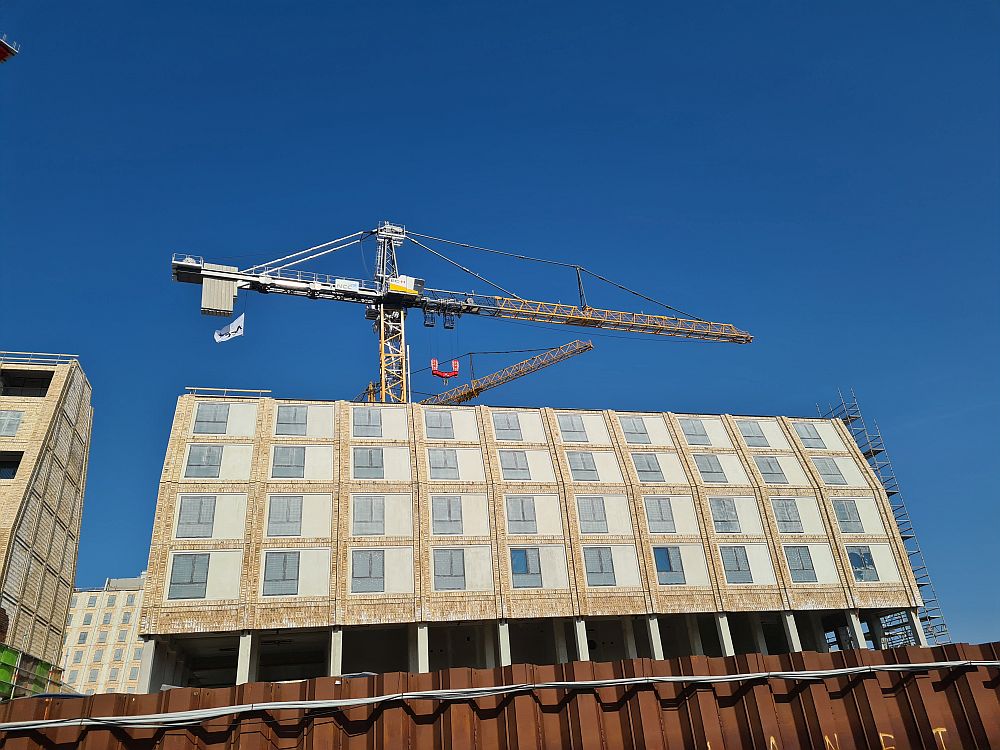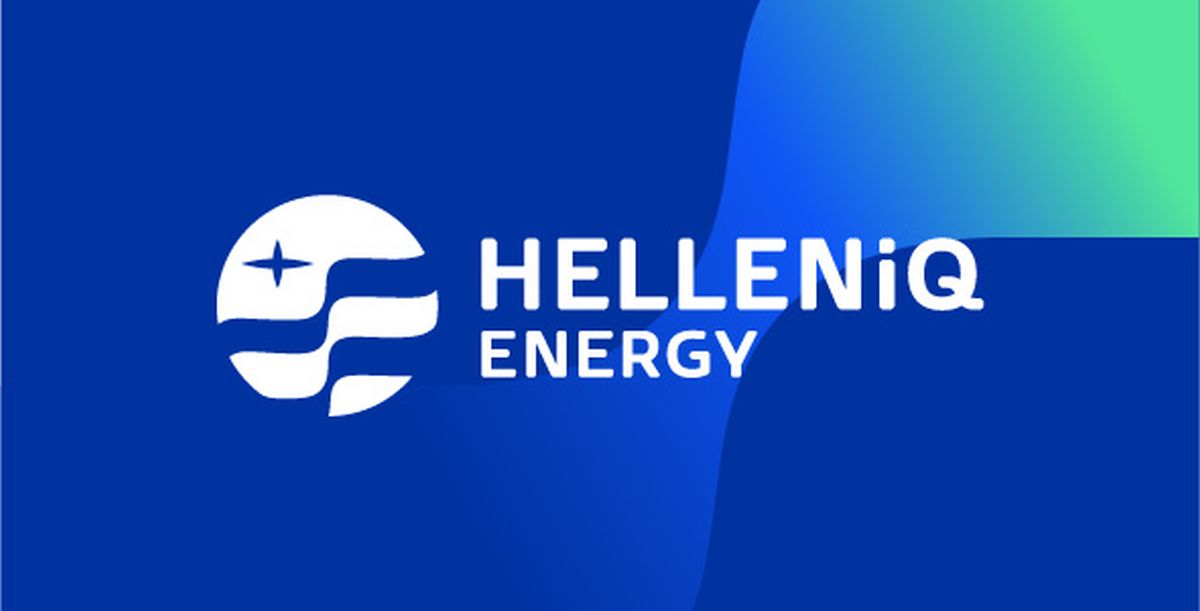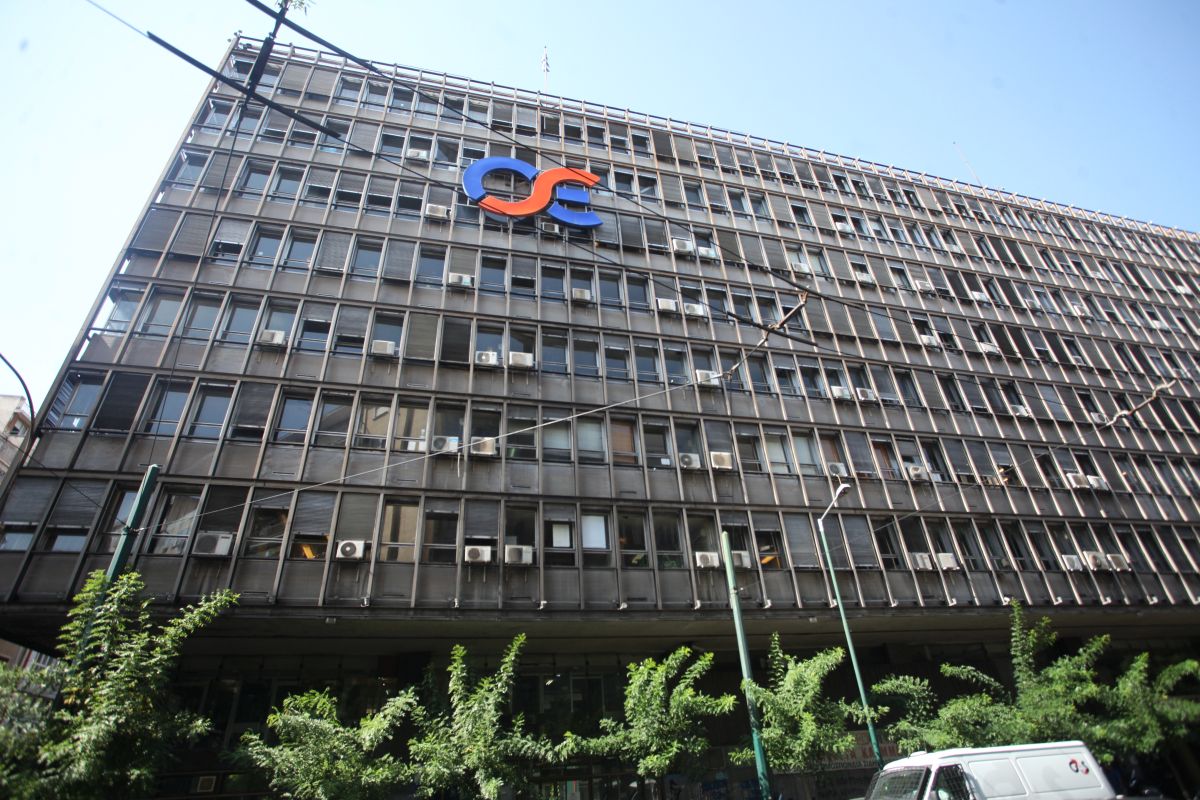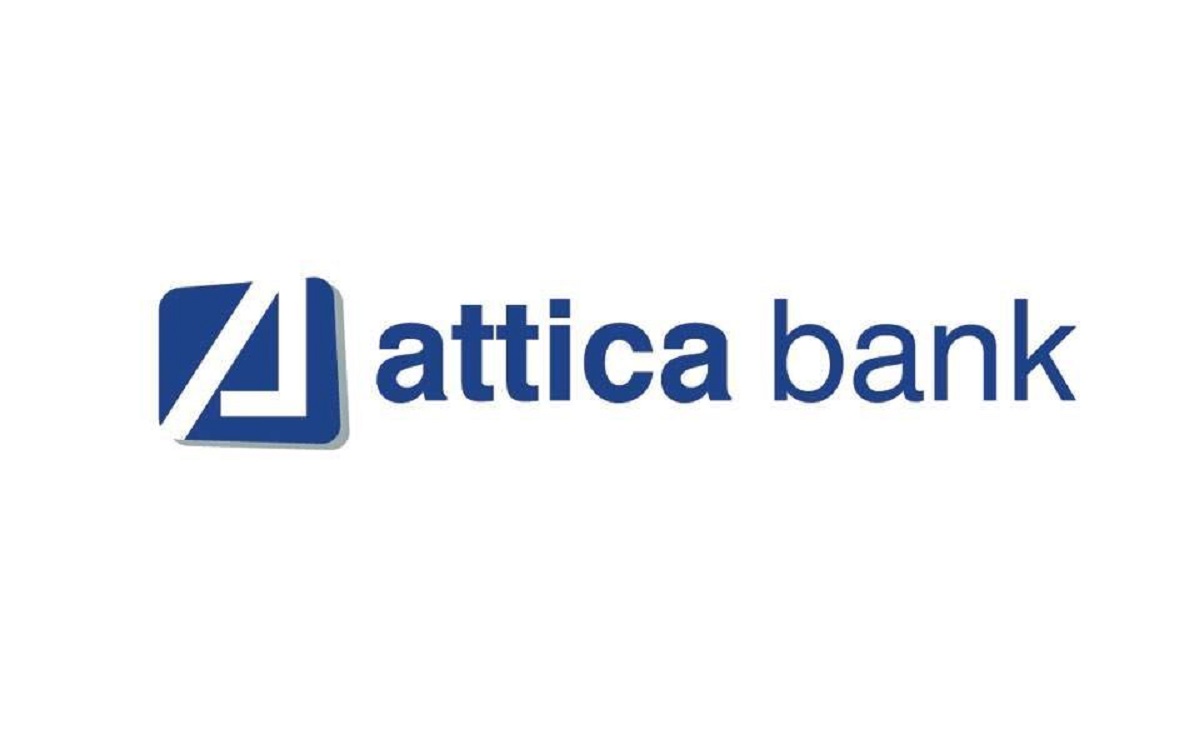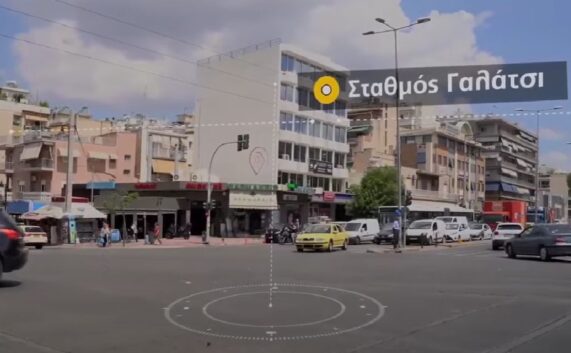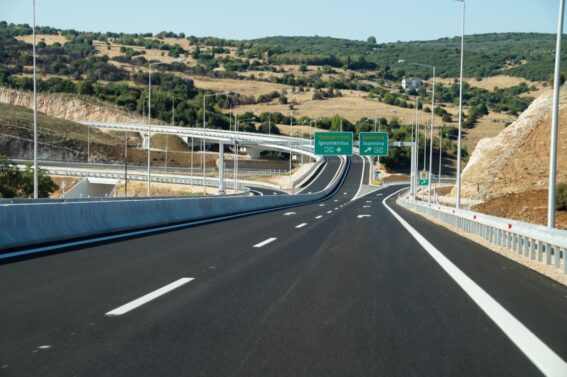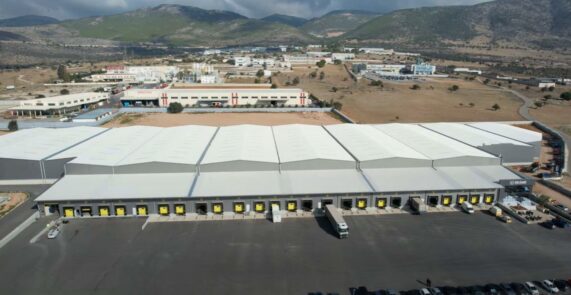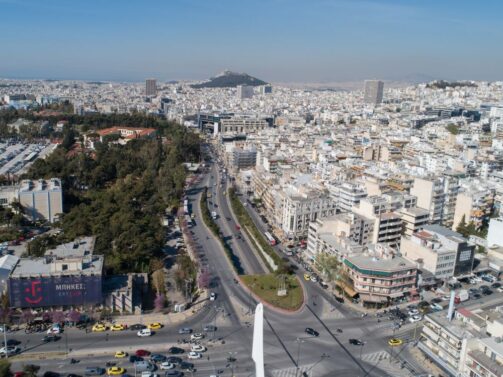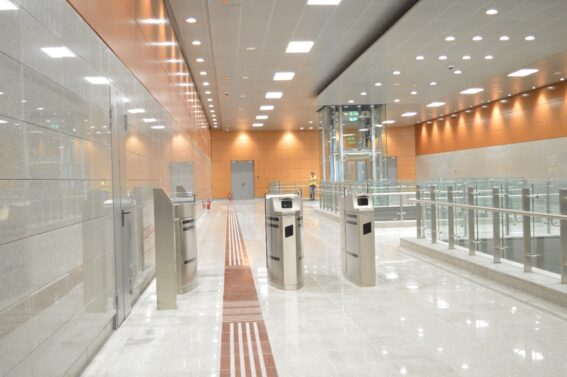A very interesting piece of legislation was passed by the European Parliament on Tuesday, March 14, and it concerns the energy efficiency of buildings, which from 2028 should have a zero emission balance. The corresponding deadline for buildings that house, are used, or belong to public authorities is established for 2026. This means that future buildings – and especially public ones – will have to meet a series of strict criteria for their construction.
The issue is even more interesting as the country is planning a series of large building projects using the Public-Private Partnership method. These are buildings or building complexes that are to be implemented within the next five years. The same applies for the use of existing public buildings.
The most important of these projects, which are also in the tender process, are the student residences in Crete, Thrace, Thessaly, Western Macedonia and Attica, the 13 Regional Civil Protection Centers, the 17 PPP schools in Central Macedonia and another 13 in Rhodes, the 12 Courthouses in Central Macedonia, Thessaly and Crete, the New Court of First Instance of Athens, the 5 Police Stations, etc.
These are projects whose budget amounts to over 1.8 billion euros. Essentially, these buildings through the ongoing tenders are likely to be affected by two factors. The first factor is economic as the construction of buildings with a zero environmental footprint will be clearly more expensive and the second is their maintenance which will be required to be more intensive to maintain these buildings in this category.
Certainly the coin has two sides as with the shielding of the buildings and the incorporation of technologies such as photovoltaics on the roofs, the use of heat pumps, thermal facades, etc. will be significantly reduced in relation to the needs it will have for air conditioning, heating and in general energy consumption.
What is changing in the energy efficiency of buildings in the European Union
Under the legislation passed last Tuesday by the European Parliament, all new buildings will have to be equipped with solar energy harvesting technologies by 2028, if technically and economically feasible, while residential buildings undergoing large-scale renovations will have until 2032.
On the energy efficiency scale from A to G, residential buildings should reach at least category E by 2030 and D by 2033. Category G corresponds to 15% of buildings in a Member State with the worst performances.
Non-residential and public buildings should belong to the relevant categories by 2027 and 2030 respectively. Upgrading energy efficiency (which can take the form of insulation work or improving the heating system) will take place when a building is sold or undergoes major renovation or, if rented out, when a new lease is signed.
The measures needed to achieve these goals will be defined by the Member States in the so-called national renovation plans.
ΜΗΝ ΞΕΧΑΣΕΤΕ
- Ακολουθήστε το ypodomes.com στο Google News και μάθετε πρώτοι όλες τις ειδήσεις για τις υποδομές στην Ελλάδα
- Αν είστε επαγγελματίας του κλάδου, ακολουθήστε μας στο LinkedIn
- Εγγραφείτε στο Ypodomes Web TV

